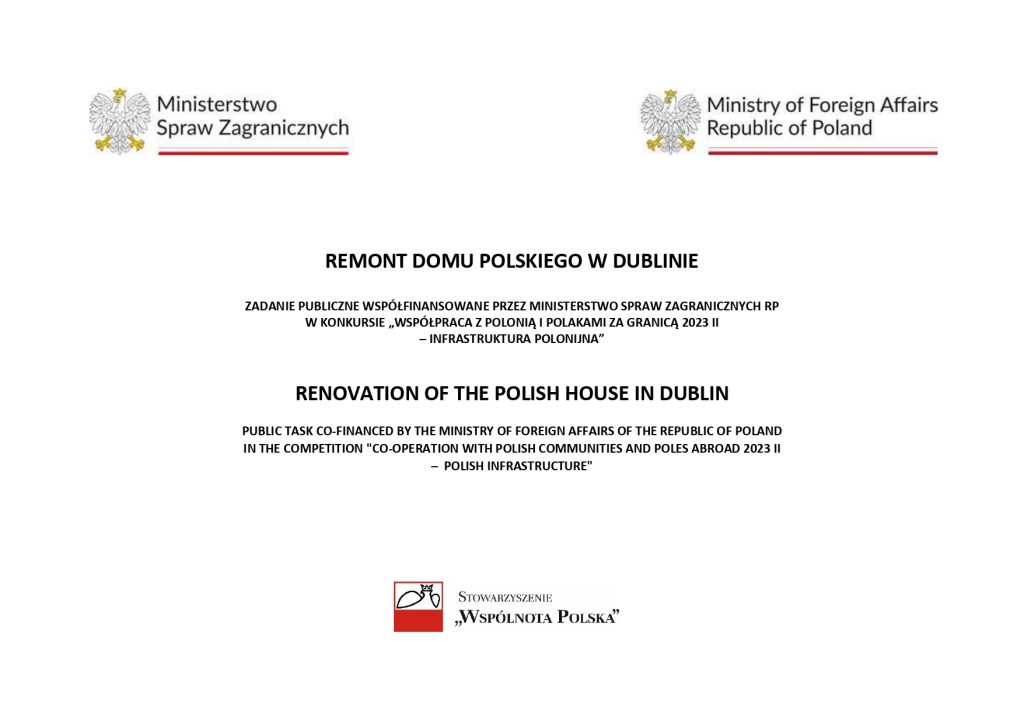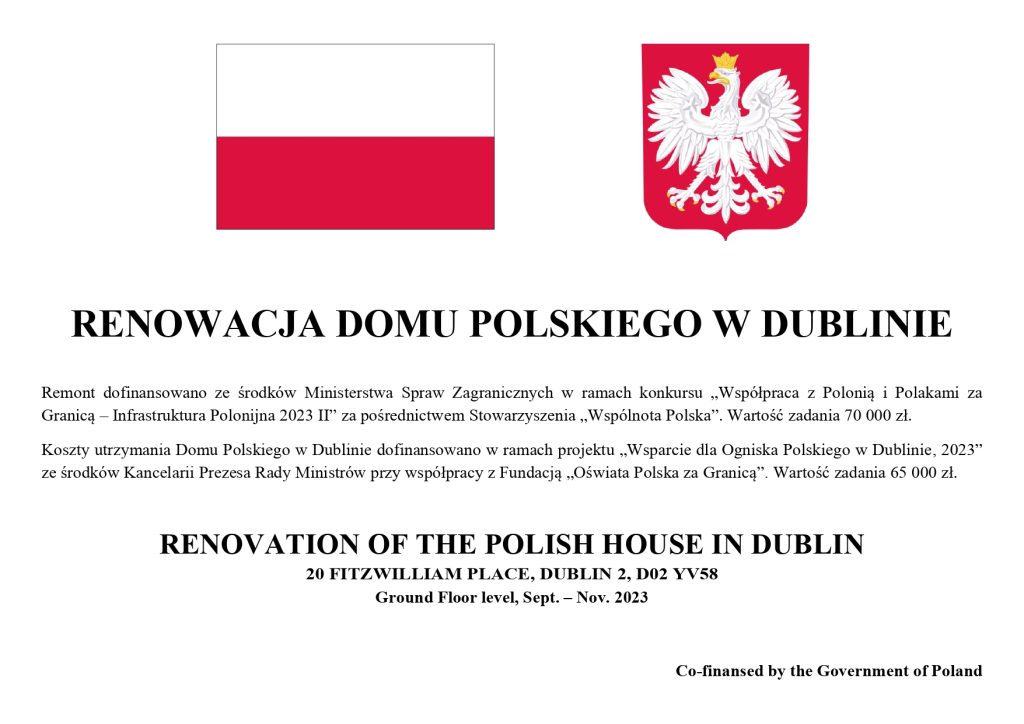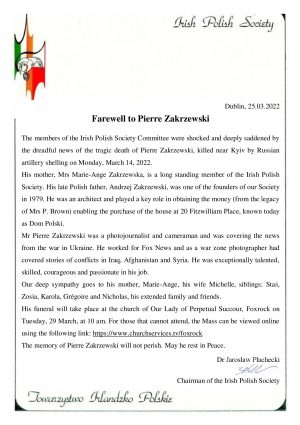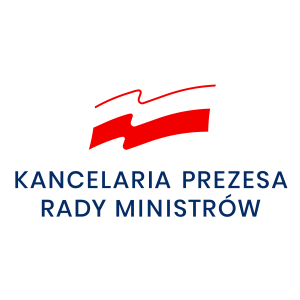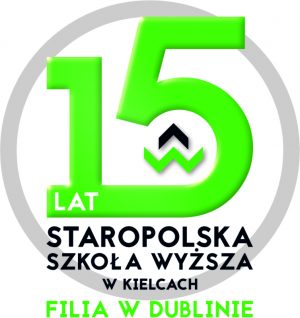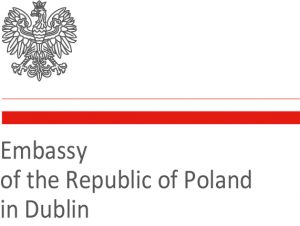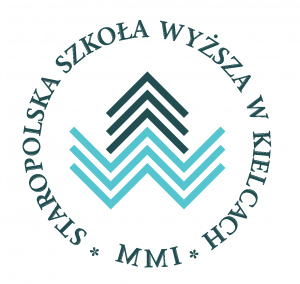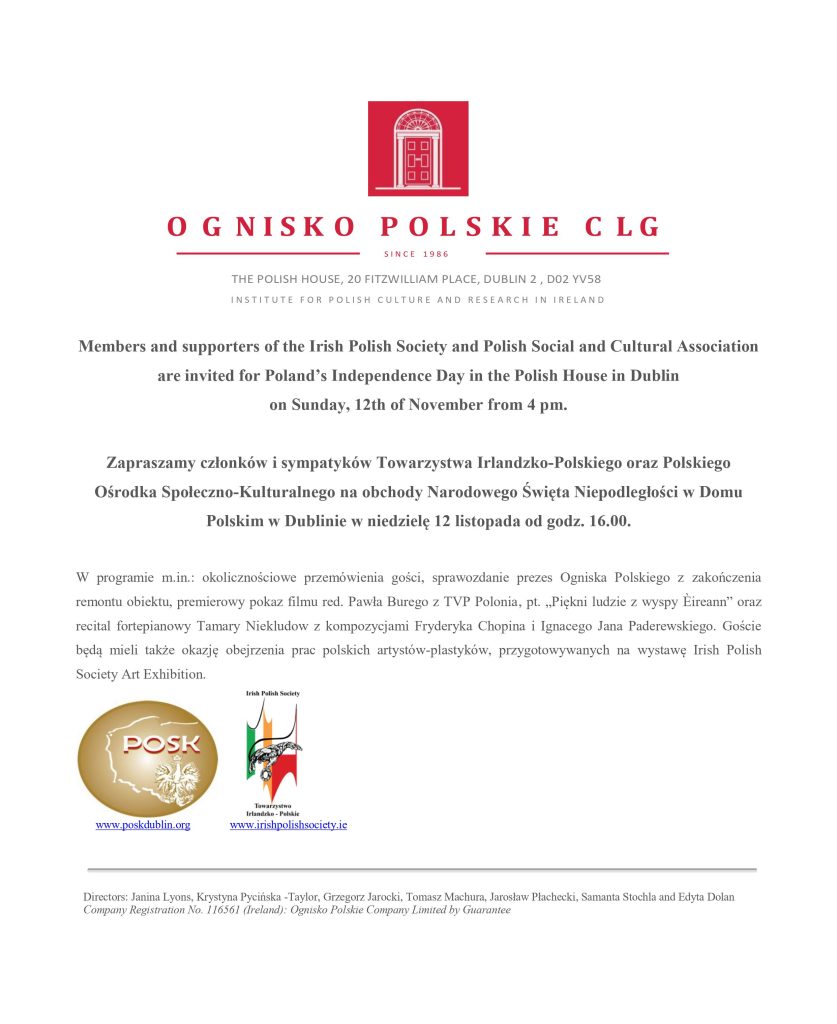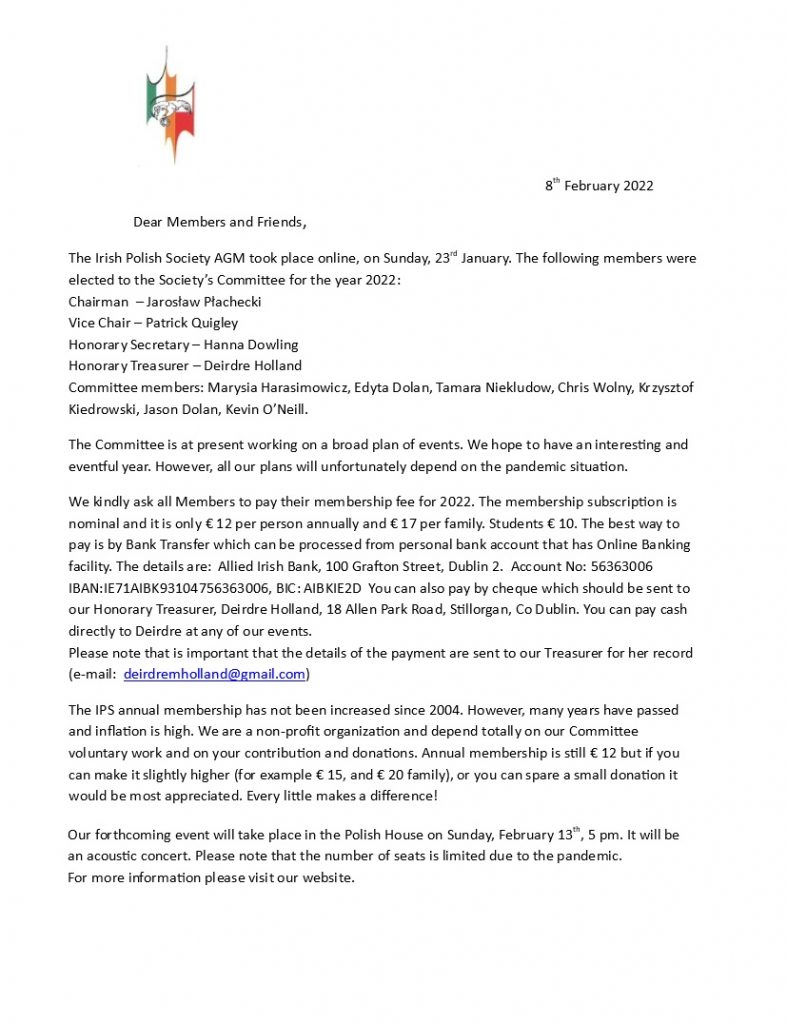Casimir Markievicz: A Polish Artist in Ireland – a lecture by Pat Quigley
August 21, 2012 by IPS · Leave a Comment
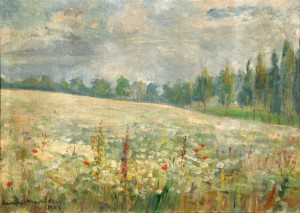 Pearse Museum, St. Enda’s Park Rathfarnham
Pearse Museum, St. Enda’s Park Rathfarnham
Saturday 25 August at 7pm – Admission Free
Casimir Markievicz was born in 1874 into Polish aristocratic family. He was the husband of Countess Constance Markievicz (née Gore-Booth), the most prominent woman involved in the 1916 Rising and the struggle for Irish Independence in the early 20th century. They met as art students in Paris but they subsequently settled in Dublin. Casimir established himself as a painter in Ireland and was also a well-known figure in the Irish theatre world and wrote and acted in several plays. He left Dublin to fight in the First World War and subsequently settled in Warsaw. He was involved in the cultural scene in Warsaw and acted as Polish correspondent for several English languare publications, including the London Daily News. He continued his involvement in theatr and wrote a feature film – Powrót – in 1920. Casimir Markievicz died in 1932.
PRESS RELEASE FROM THE LIFFEY PRESS
THE POLISH IRISHMAN:
The Life and Times of Casimir Markievicz
By Patrick Quigley
Publication Date: September 6, 2012
The first account of the colourful and dramatic life of the artist, playwright,
novelist and soldier (1874-1932)
Provides new insights into the artistic career and family life of one of Ireland’s
greatest patriots, Countess Markievicz
Reveals the role Casimir played in Irish cultural life – co-operation and conflict
with Yeats, George Russell/AE, Hugh Lane and others
Relates many humorous stories of Casimir’s theatrical ventures in Ireland
Timely in view of centenary commemorations of the Dublin Lockout 1913, the
outbreak of World War One, the Easter Rising and the winning of independence in
Ireland and Poland.
The first major assessment of Casimir’s artistic and literary output
Makes a significant contribution to uncovering connections between Ireland,
Poland and Ukraine.
asimir Markievicz had long been overshadowed by the reputation of his wife, but the
love story between the Rebel Countess and the nobleman artist from the Polish
Borderlands is one of the most dramatic and colourful episodes in modern Irish history.
Casimir and Constance lived a bohemian lifestyle in Paris and Dublin for over a decade
before their paths diverged.
They were at the glittering centre of the Dublin arts world in the early 1900s. They knew
everyone from the Viceregal Court to the bohemians and revolutionaries in the bars and
clubs. They painted, danced, sang and lived life to the full. When Constance became
involved in Irish nationalist politics Casimir wrote plays where she played the starring role.
They had a bittersweet love affair that survived the assaults of time. Their life affords an
unforgettable and hilarious picture of bohemian Dublin in the time of Joyce and Yeats.
The study of Casimir’s life reveals that his relationship with Ireland was much deeper
than previously supposed. He influenced Constance with his tales of Polish rebellions
against Russian rule. After he left Ireland he maintained contact with his Irish family and the
love of his life.
Patrick Quigley had used archive material and original research, including travel in
Poland and Ukraine, to paint the first study of a remarkable man and talented artist. The
biography includes many illustrations never published before. The Polish Irishman tells the
full story of a dramatic chapter and uncovers long-lost connections between Ireland, Poland
and Ukraine.
(cont’d)
C
Key Dates in the Life of Casimir Markievicz
1894: Premature end to law studies in Kiev and move to Paris where he embarks on a
career as a bohemian artist.
1899: Meeting with Constance Gore-Booth at a student ball and the beginning of the
“romance of his life”.
1903: Moves to Dublin and ten hectic years as portrait and celebrity painter,
playwright and sportsman.
1910: Writes his most popular play, The Memory of the Dead, which tours Ireland with
Constance in the leading role.
1913: Departure from Dublin after the end of theatrical projects due to Constance’s
role in Irish politics. Start of new life as journalist and soldier.
1920: Stars in early Polish films, Daughter of Madame X and Homecoming under
legendary Polish director, Alexander Herz.
1924: Returns to Dublin to meet Constance after break of thirteen years.
1932: Dies in Warsaw and is buried in an unmarked grave in cemetery at Nowem
near Kutno.
About the Author
Patrick Quigley is a former public servant and now full-time writer. He is a graduate in
Administrative Science from the Institute of Public Administration. His first novel,
Borderland, was published by Brandon, translated into German and published by Volk und
Welt. It was broadcast on RTE and nominated for Book of the Year at Listowel Writers Week.
He has written on Irish mythology and on Irish and Polish history and contributed a regular
column in the magazine, Polish Neighbour. He is a former chairman of the Irish Polish Society
and has contributed to Irish-Polish affairs. He gains inspiration from the writings of John
Cowper Powys and is an active member of the Powys Society. He loves to travel both for
pleasure and research. He has written a number of other novels, including, Lovers for all Time,
set in Poland and Ukraine.
The Polish Irishman: The Life and Times of Count Casimir
Markievicz by Patrick Quigley / €21.95 / paperback/
ISBN 978-1-908308-23-8 / 106 B&W illustrations /
27 colour plates / 288 pages / to be published on
September 6 by The Liffey Press
For further information, or if you would like to arrange an
author interview, please contact David Givens, The Liffey
Press, Raheny Shopping Centre, Second Floor, Raheny, Dublin
5. Tel: 01-8511458 or via e-mail at theliffeypress@gmail.com.
Visit the website at www.theliffeypress.com.

